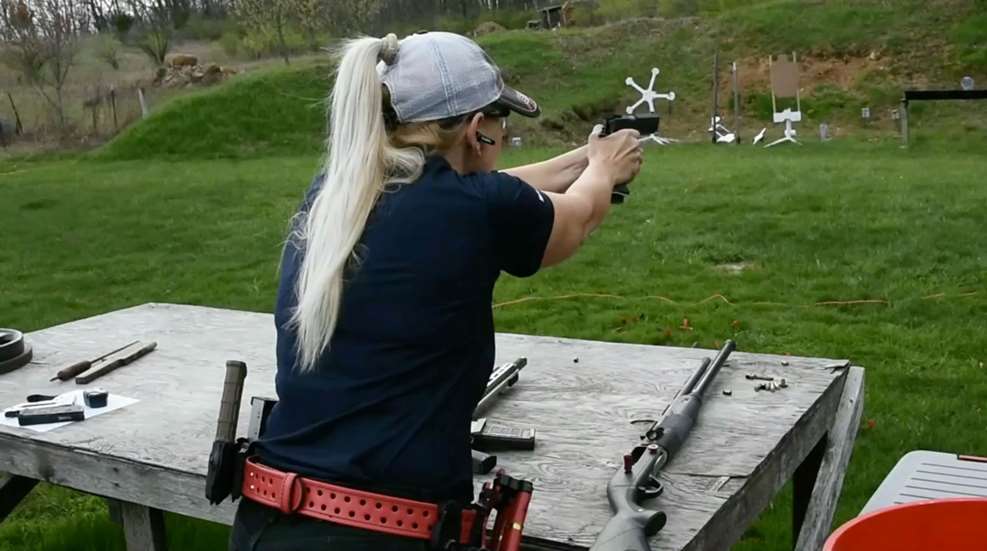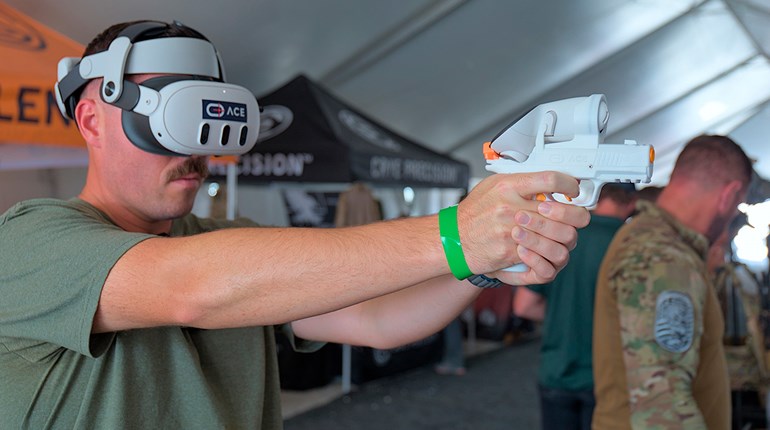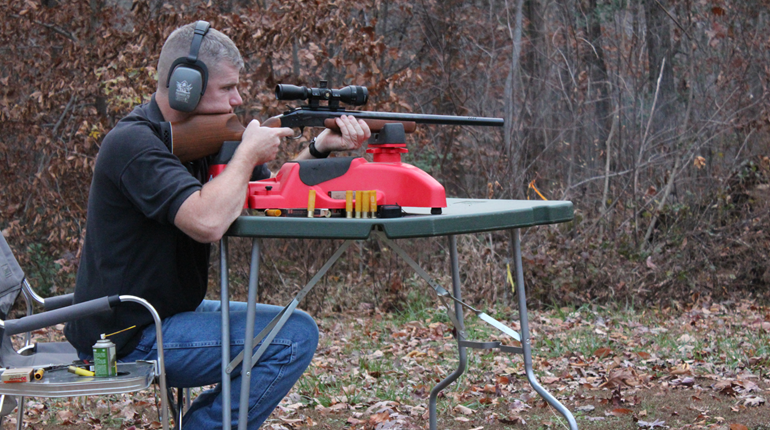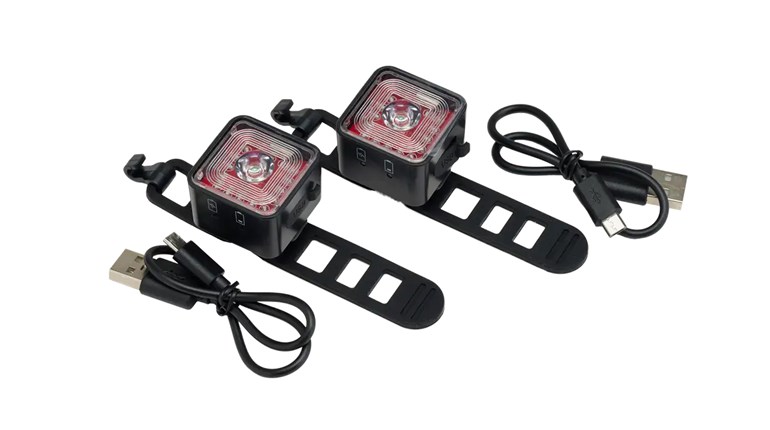
As with any sport, shooting requires practice. To a new firearm owner this can seem daunting and costly, due to the high price of already hard-to-find ammo. However, you can improve your skills without consuming your supply by choosing smart drills with low round counts.
A popular misconception about shooting is that amazing shooters have to burn through massive amounts of ammo in a gluttonous spree every trip to the range. However, truly experienced shooters don’t spray bullets down range willy-nilly; they spend a lot of their range time reflecting on their strengths and weaknesses to find out what they need to work on and discipline themselves to work on those specific areas.
Drills are a great way to see marked changes in your performance, and they encourage you to use your ammo wisely. Many skills can be distilled down to single-round drills. There is much more happening when you shoot than a bullet impacting a target. Learning that you need to focus on during the process of firing, and not results, is a concept many new markswomen are not made properly aware of. Some instructors will remove the target and tell their students to shoot into the berm or backstop to help them focus on specific aspects of their grip or trigger control. The results are usually an awareness of what is happening in your body or what your sights are doing, instead of frantically checking the target.
Don’t get me wrong; hitting the target is important, but to make it happen accurately and repeatedly, you need to build certain skills. While dry practice can help you work on a lot of skills, such as drawing, magazine changes, accuracy, shooting on the move and more, you need to shoot live ammo to learn how to manage recoil, call your shot and diagnose what’s happening when you shoot. Ammo being a consumable asset, you don’t want to just mindlessly shoot it. You want to focus on using your ammunition in ways that help you understand where your dry practice has paid off, and where you need to put more effort.

Drills that require a single or very few rounds are a great place to start. Even the experienced shooter can get a lot out of low-round-count drills. They can force you to dial back the plethora of skills you are juggling and distill your actions and thoughts into a few targeted tasks.
Single-round Drills
Draw & Transition
This exercise allows you to combine multiple skills into a single, one-round drill.
- Load a magazine into your pistol.
- Chamber a round.
- Remove the magazine.
- Perform a draw.
- Shoot a single shot.
- Transition to your next target.
- Dry fire on the target.
This drill will work on your draw, first round hits, sight alignment, trigger control and transitions. It is a great way to see if you are “snatching” or “slapping” the trigger.
I would recommend practicing this drill with no ammo for 3 to 4 minutes. Then, when you eventually shoot, that single shot will tell you if your holster is set up properly, if your draw is OK, and if you’re lining up your sights correctly. It will also help you understand the importance of trigger control and how to call a good shot. To get even more out of this drill, set up a camera to watch your practice so that you can learn from watching yourself.
I usually run this drill on a plate rack at 10 to 25 yards, but you could use two static pieces of steel or paper targets. Watch this short video to see how this works.
Multiple Firearms
For those competing with several firearms in a single event, like 3-Gun, fire minimal rounds ... but from each gun.
- Shoot once from the first firearm.
- Turn on the safety, and set it on the table.
- Pick up the next gun and repeat.
While it seems simple, you are working on proper stance and grip for each firearm and trigger control. Varying the target distance or size allows me to change the sort of trigger control and focus needed to get a hit. Practicing the way in which you pick up the gun, disengage the safety, shoot, re-engage the safety and set down the firearm can only benefit you in competition. This also instills safe firearms handling habits into a new shooter. Watch a short video to see how this is done.

Multiple-round drills
Reload
Start with a full magazine, loaded gun and spare mag on your belt.
- Fire one round.
- Change your magazine.
- As you are pressing back out onto the target, transition to a new target.
This drill can be executed with the same two targets you used for a single shot and transition drill, but you add the skill of a magazine change and the mental task of switching your vision from seating the magazine to the new target. Once you fire the second round, you can just steer your sights back onto the target and prep your trigger without firing. This drill works on your draw, reload, visual awareness and trigger awareness.
Watch an example of this in this short video.
Moving
A four-round drill that I like is one designed to work on movement. You could also make this a two-round drill, but during competition you usually shoot two rounds per target, so I like to keep it consistent. To try this drill, set up two targets and a line to cross for movement. I use a target stick on the ground, but you could use a piece of tape on the floor if you are indoors.
- Shoot two rounds.
- Break position and move to a new position.
- As you get to the new position, get your gun up so that you’re coming onto the target and can shoot as soon as you enter the new position.
You can also add a magazine change to this and work on even more skills. When I add a magazine change, I tend to hone in on a certain aspect. Wether it's my initial shots, first shot in a new position or my footwork, I don't need a lot of ammo to practice these small skills.
Create Your Own
Putting together your own drills can be fun. If you are merely practicing to become a better shot, don’t make time a component, instead turn it into something like a game of “HORSE” in basketball by picking difficult shots to make accurately.
If you are working on concealed carry drills, perform simple draws from a variety of concealments and positions. Test your off-body carry choice or time how long it takes you to fire two rounds and reload. Practice a reload while keeping your firearm up in your visual space and target in the background so that you do not lose sight of it.
However you choose to burn your ammo, make it count! Don't forget to use your findings to create more effective dry-fire drills to practice at home when ammunition is too scarce to spare.















































